Wide-Angle, Portrait, or Telephoto? Everything You Need To Know About Focal Length and Zoom

A lens’ focal length is among the most important concepts in photography. It not only determines how close or far away you can get to a scene, but also affects perspective, depth of field, and the overall look of the image. I’ll explain the difference between prime and zoom lenses, what crop factor is, and what kinds of results you can expect from wide-angle, portrait, and telephoto lenses.
In this article, you’ll learn:
- The difference between prime and zoom lenses
- How the sensor and crop factor affect focal length
- How focal length affects perspective, depth of field, and bokeh
- When to use a wide-angle, portrait, or telephoto lens
Every lens has a focal length. And every camera has a lens. It doesn’t matter if you’re shooting with a DSLR, a mirrorless camera, or just your phone. You’re using focal length every time you take a picture.
Prime vs. zoom lens
Focal length can be fixed (prime lens) or variable (zoom lens).
Prime lens: Lenses with fixed focal length don’t (can’t?) zoom. The focal length, written directly on the lens, never changes. If you want a tighter shot, you have to move closer to your subject. If your subject doesn’t fit in the frame, you need to step back. This limitation (fact?) is actually great for training your photographer’s eye.
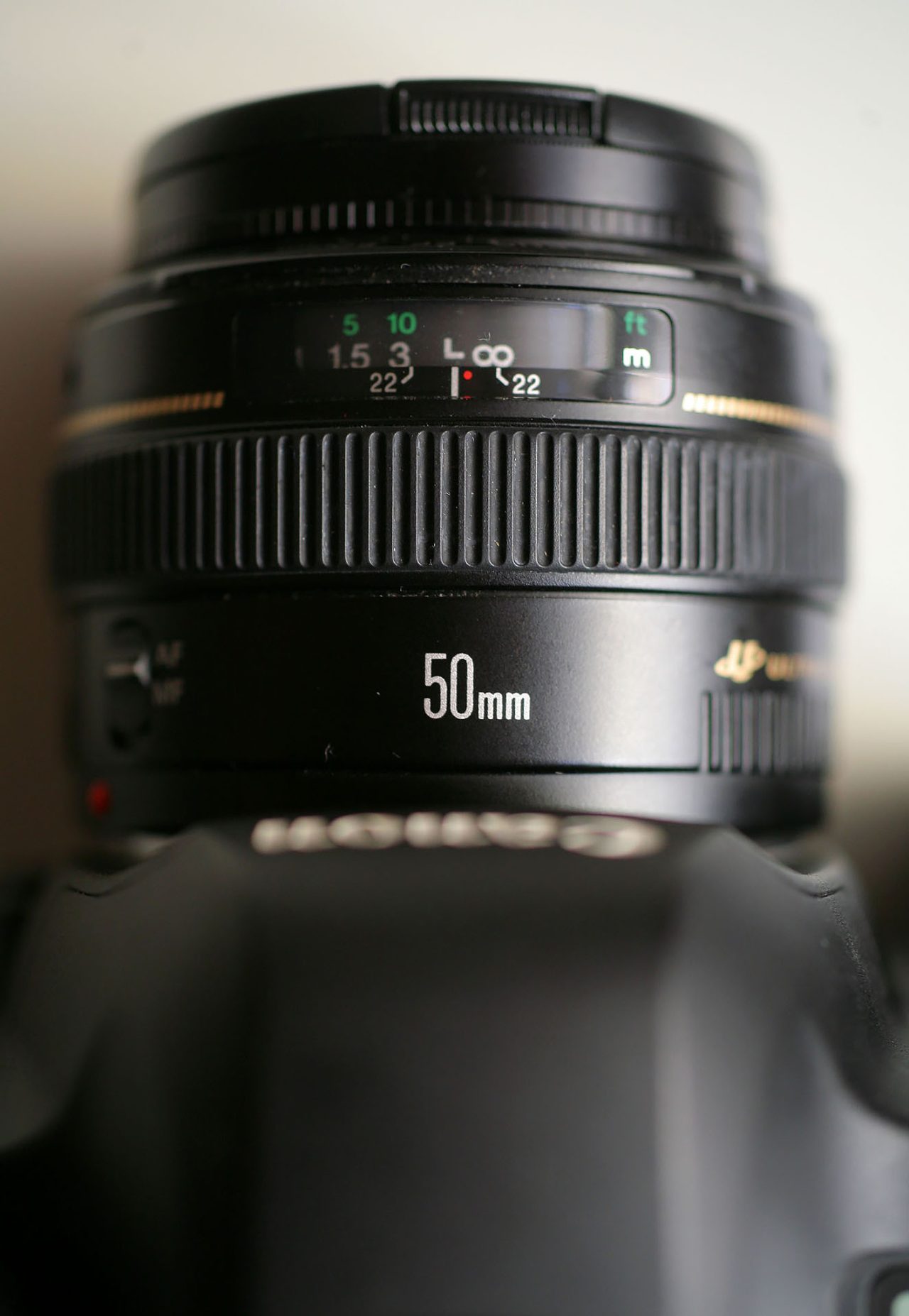
Zoom lens: Most phones today come with several lenses of different focal lengths, covering a fairly wide range together. On cameras, zoom lenses cover a continuous range of focal lengths. You can recognize a zoom lens by its zoom ring. Prime lenses don’t have one and only have a focus ring.
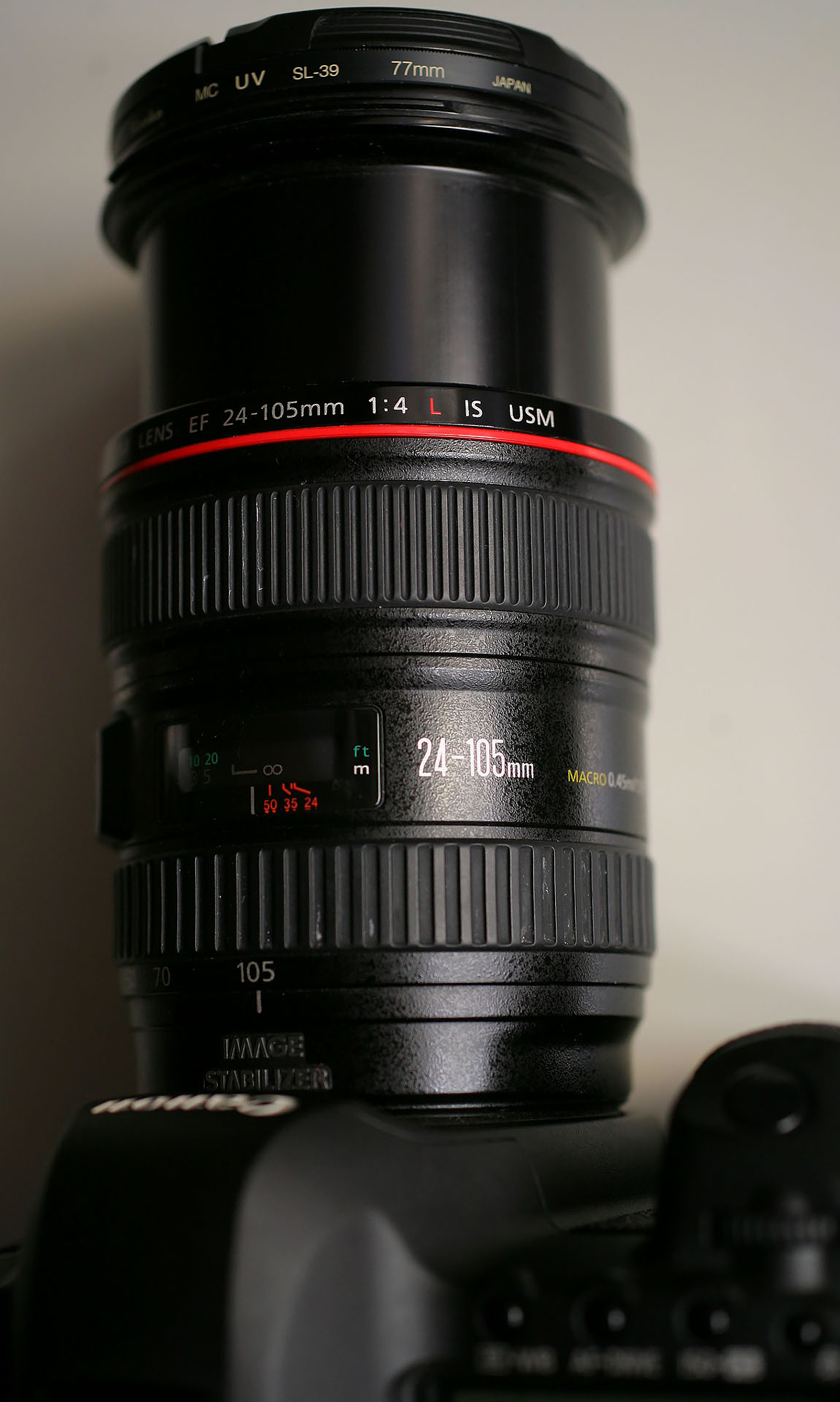
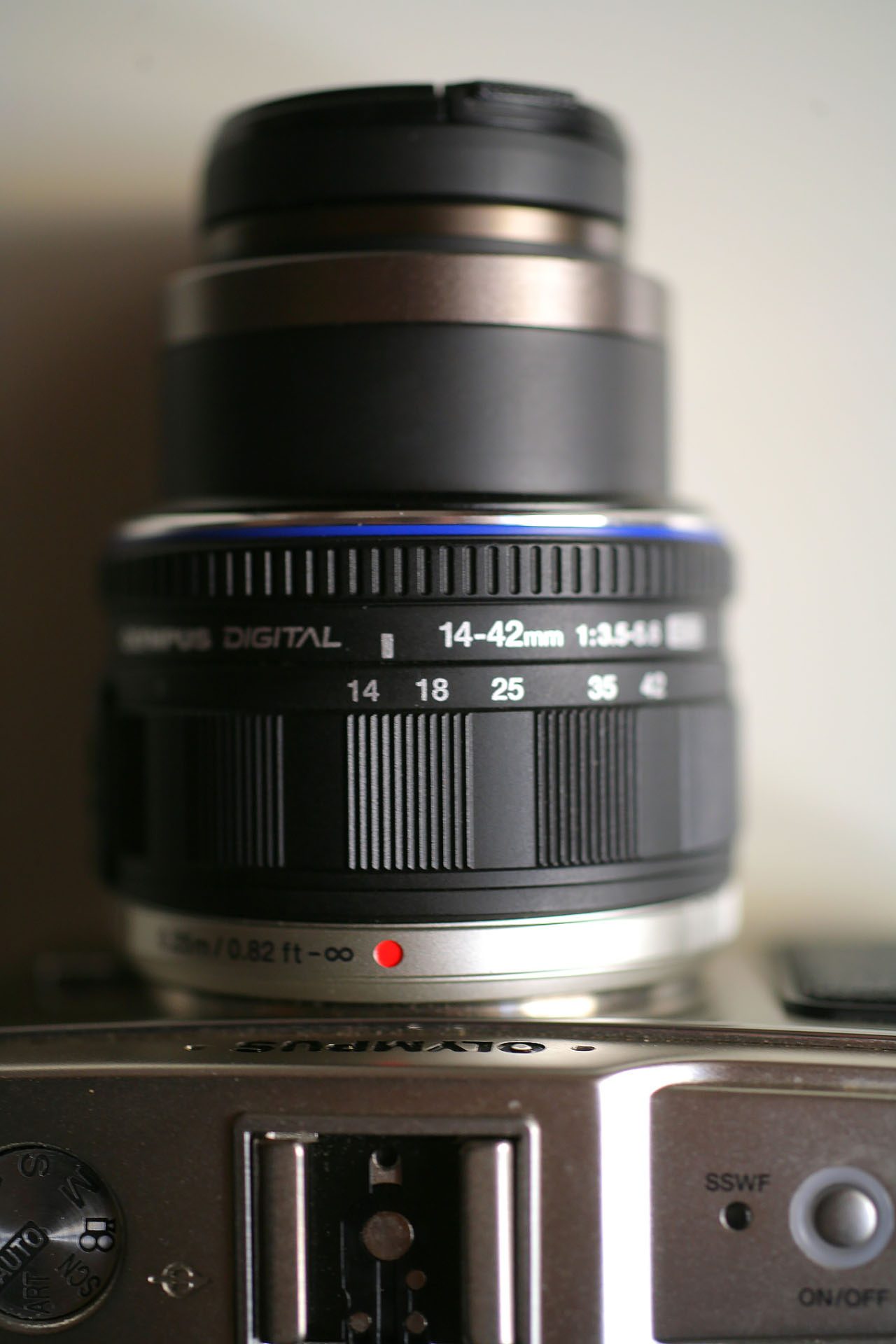
Next, let’s discuss when you should (it makes sense to?) use a zoom lens.
Crop factor
The focal length written on a lens doesn’t always match how it looks on your camera. It also depends on sensor size.
Most lenses are labeled for full-frame sensors, the 35mm standard. But if you use a smaller sensor, a crop sensor, the focal length increases. For example, an APS-C sensor is about 1.6 times smaller than a full-frame sensor (the number applies to Canon and may slightly vary for others), where the edges are dropped and the focal length is multiplied by 1.6. That means a 24mm leans on a full-frame will shoot like a 38mm on a crop sensor.
The OM system has a sensor that is exactly 2 times smaller than a full-frame (micro four-thirds). Here, the focal length doubles. For example, the 14–42mm lens on my Olympus Pen offers a focal length range of 24-84mm on a full-frame.
In other words, a smaller sensor narrows the field of view, increasing the focal length of the lens without having to change the lens itself.
Wide-angle lenses
Wide-angle lenses cover short focal lengths, roughly 10–35mm. This number is always indicated on the lens. For example, a typical 18-55mm kit zoom has 18mm as its widest setting.
Wide-angle lenses distort perspective. The shorter the focal length, the stronger the distortion. Objects in the foreground look much larger compared to those in the background, and the space seems to stretch out. Think of your reflection in a Christmas ornament or looking through a peephole in a door. This is the same effect.
Wide-angle lenses are great for showing large spaces, movement, or lines in architecture, wildlife, or city scenes. They’re also perfect for emphasizing a subject in the foreground.

There are two types of wide-angle lenses: fisheye and architectural. Fisheye lenses bend straight lines at the edges into a barrel-like curve. Architectural lenses keep lines straight by shifting them toward the corners when distorted.
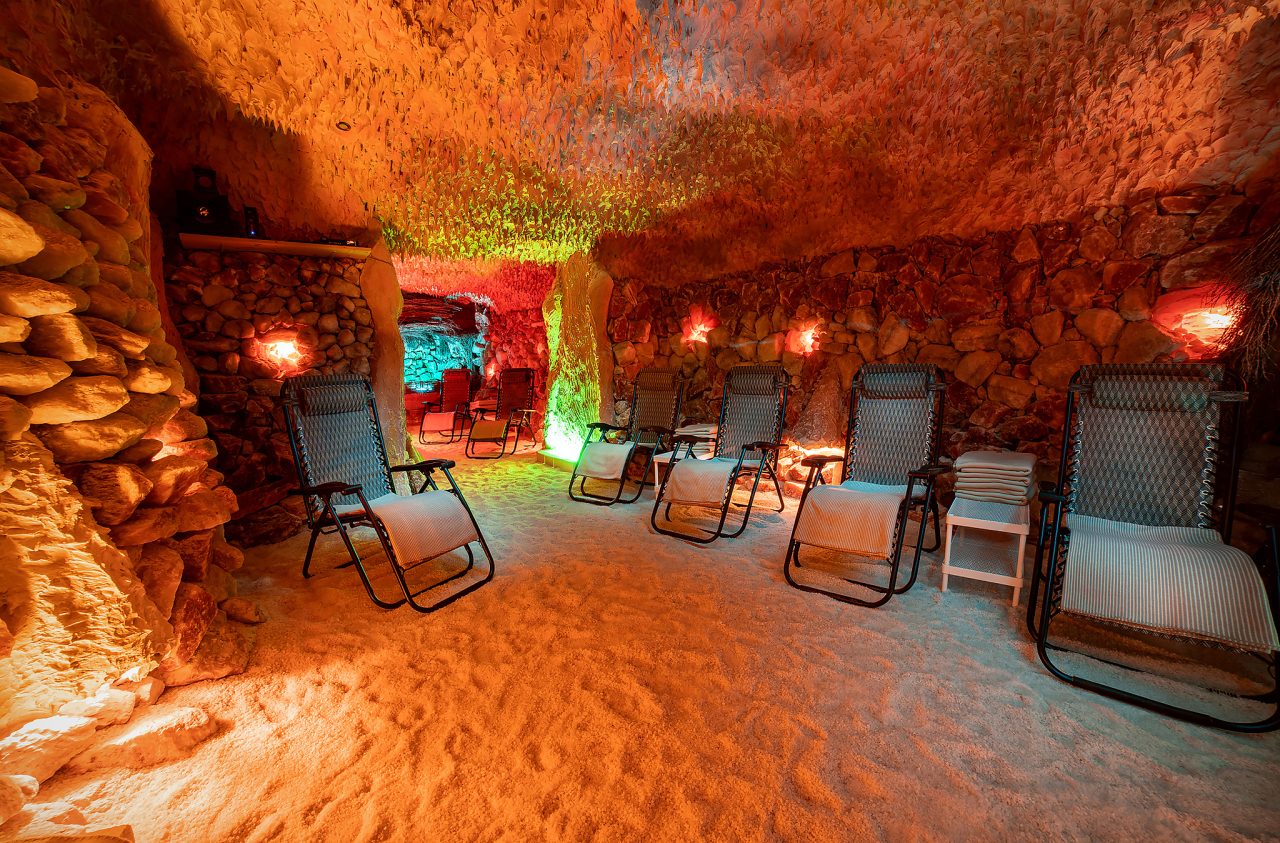
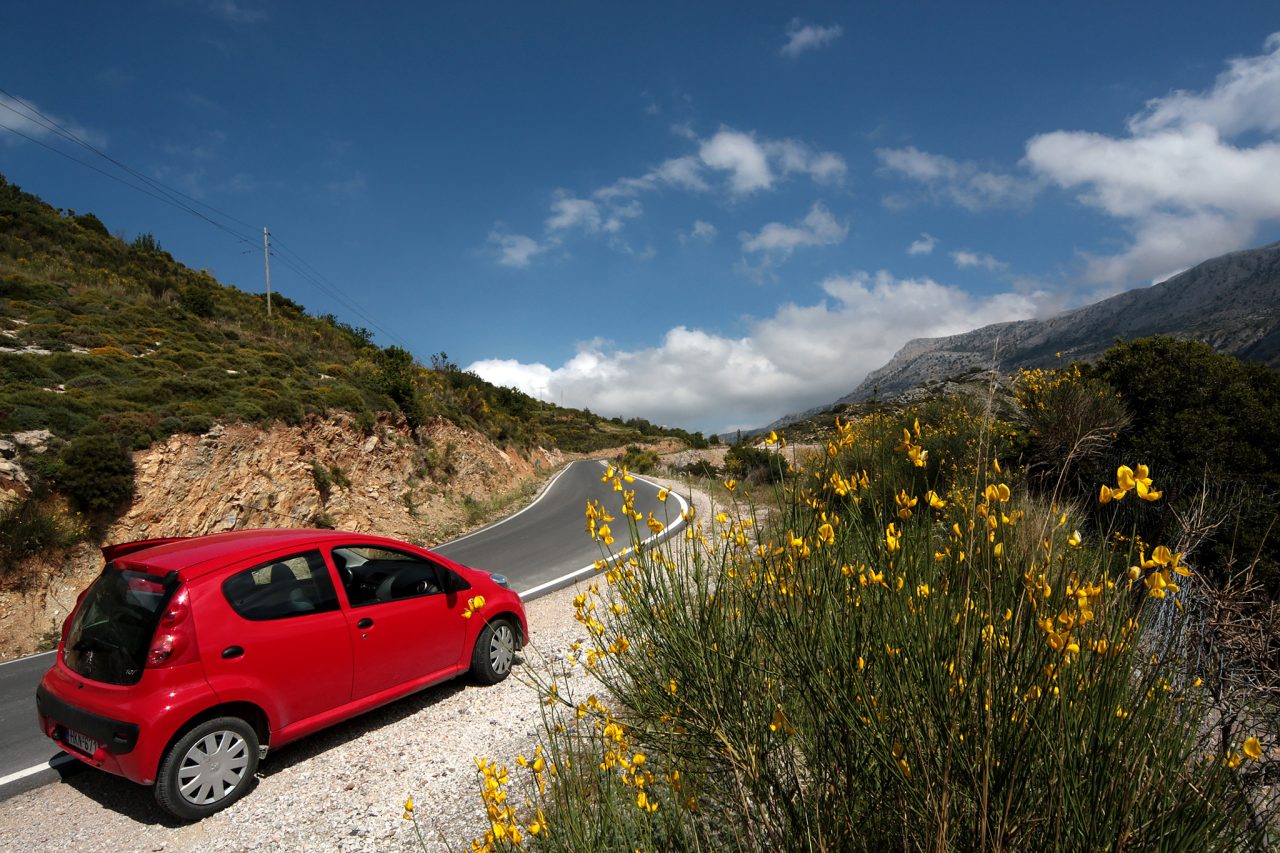
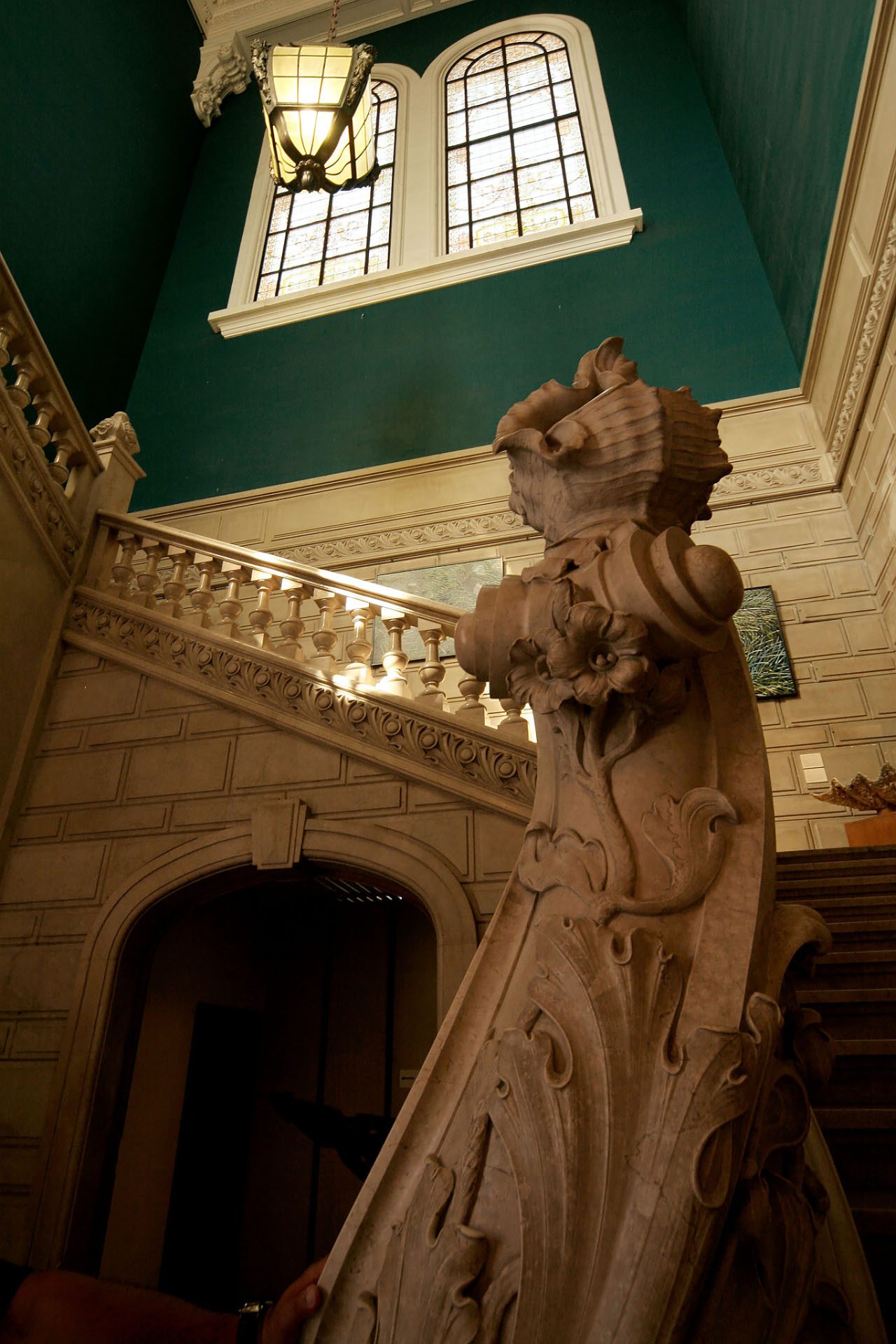
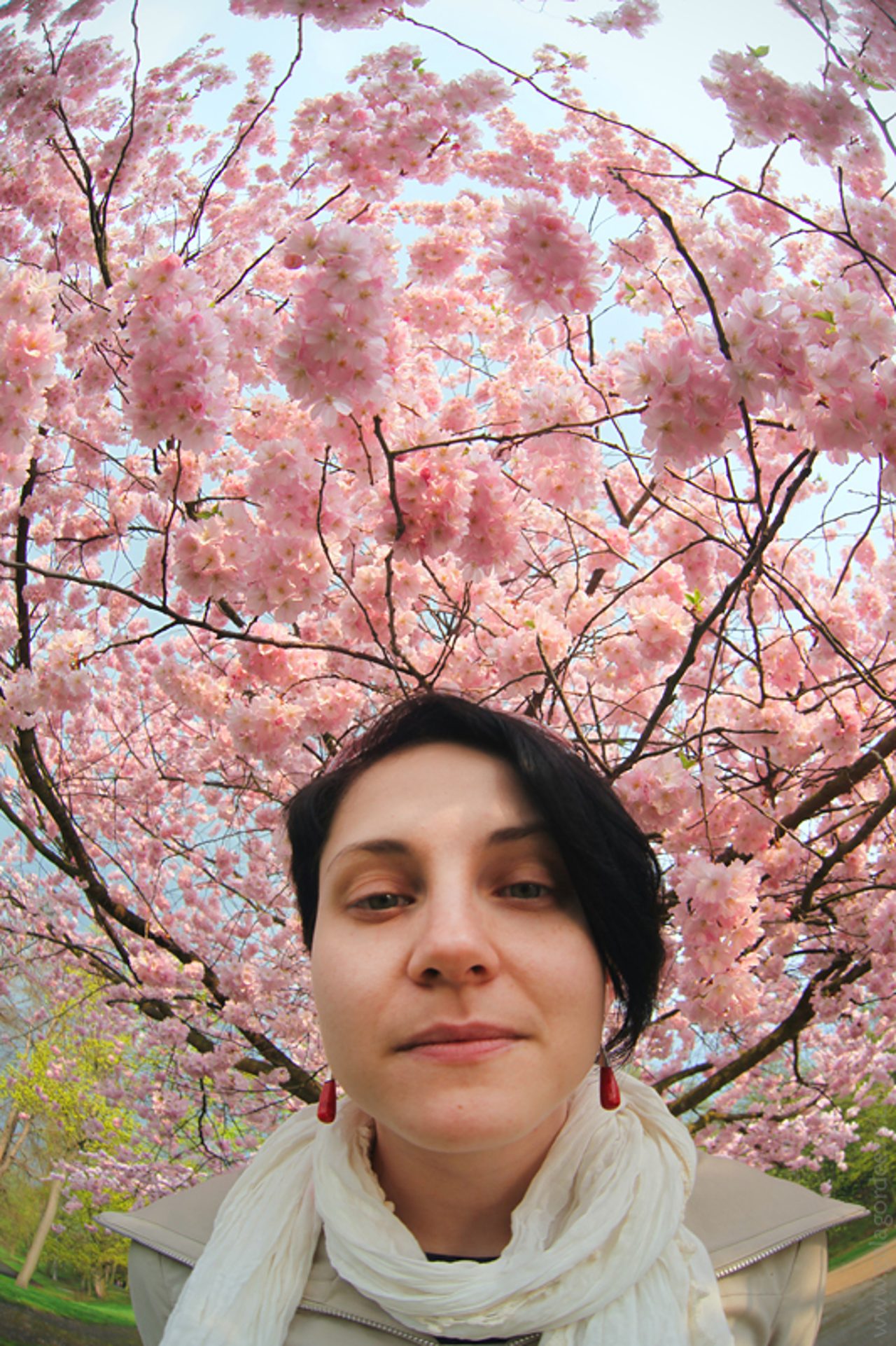
Sometimes, wide-angle lenses can be used to take creative (funny? Interesting?) portraits. But this must be a conscious decision you make. If you think, “I don’t have anywhere to move, so I’ll just use a wide-angle lens,” the people in the foreground will most likely be distorted.
Wide-angle lenses have another feature—the smaller the focal length, the greater the depth of field. This means that a nicely blurred background at focal lengths up to 35mm can only be achieved if you focus on the main subject at the minimum focusing distance. Otherwise, objects in the background will be quite sharp. When working with wide-angle lenses, always make sure you have a clean background so you don’t have trees branches or poles that appear to be “growing” from your models’ heads.
Portrait lenses
Portrait lenses, or standard focal lengths, fall around 40-80mm. That’s roughly the equivalent of 2x zoom on a phone. At this range, distortion is minimal and the field of view is closer to what we see with our own eyes. You also start getting nice background blur, or bokeh, since depth of field decreases as focal length increases.
Unless you’re shooting an experimental art or fashion (glamour?) portrait, try to not shoot portraits below this lower limit. It does not matter whether it’s a portrait of an individual or a group. People look best and most natural (most natural and therefore best?) at these focal lengths.
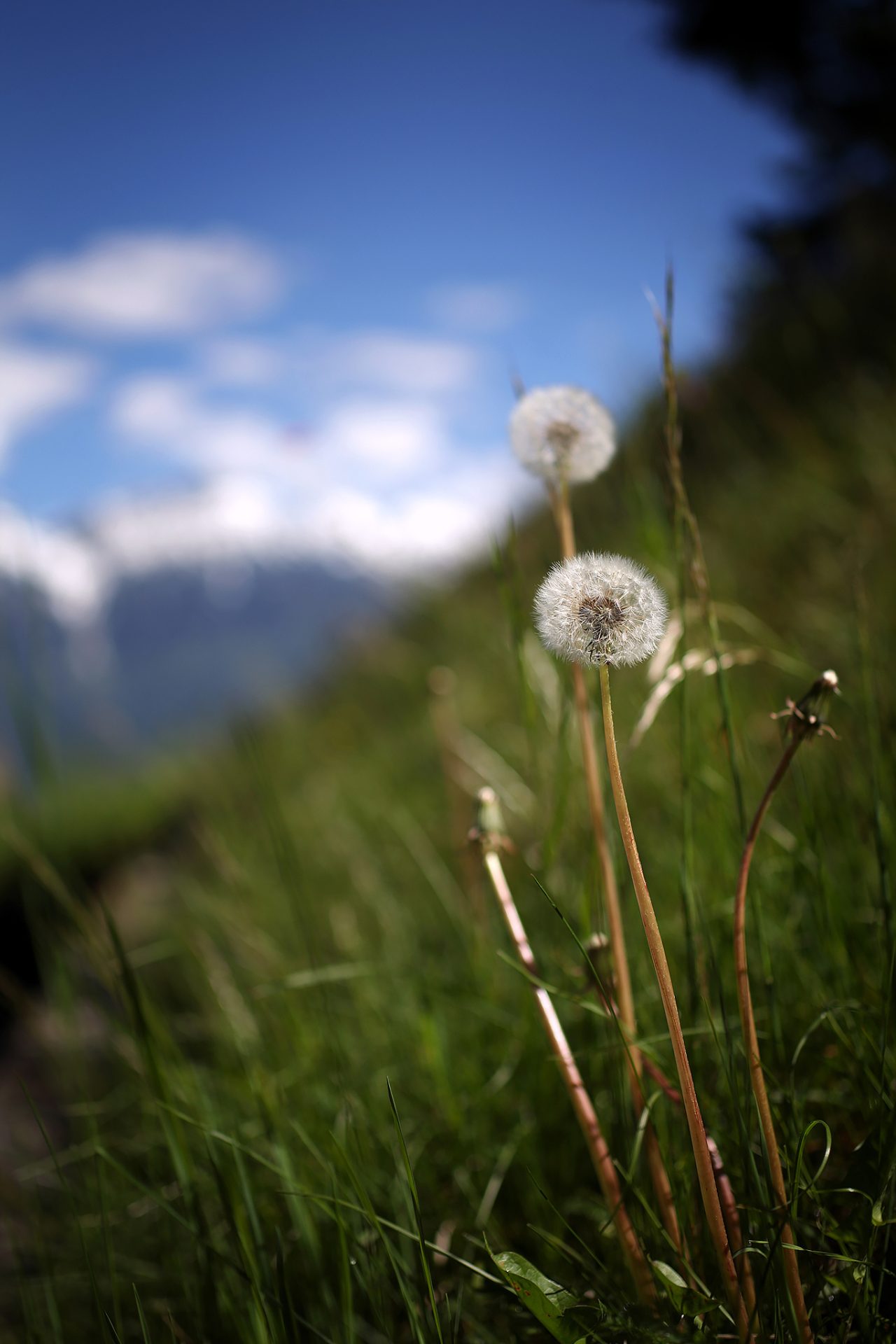
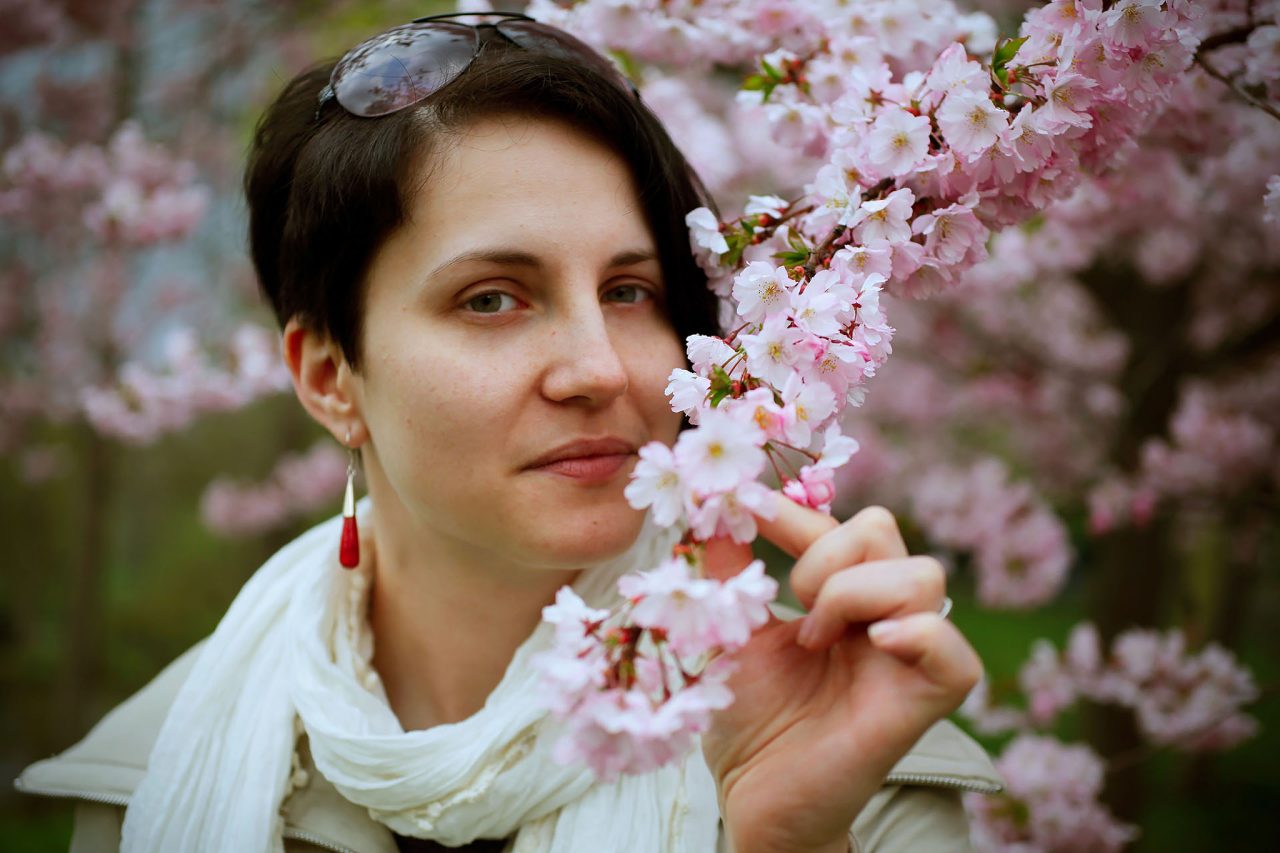
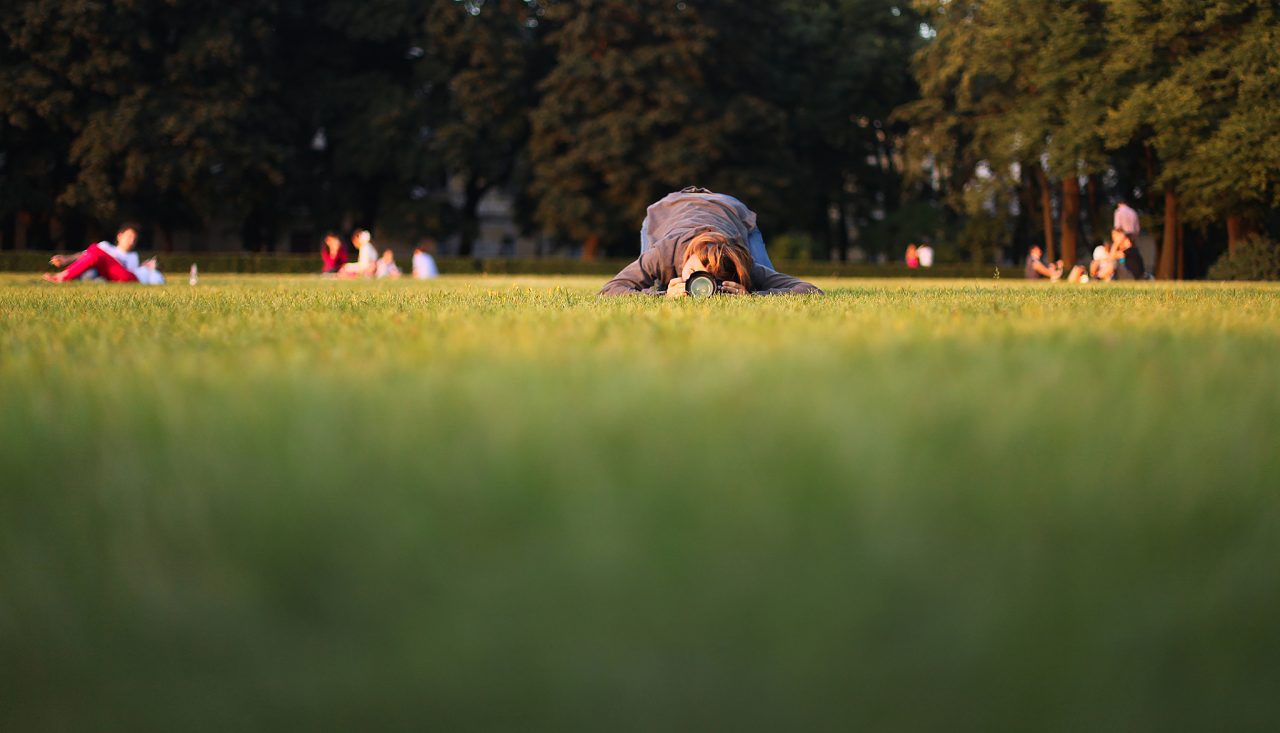
Telephoto lenses
Telephoto lenses cover long focal lengths, from about 90mm to 800 mm or more.
With their long barrels, they work almost like telescopes. They’re essential for subjects you can’t physically approach—a bird on a tree branch, a close-up of a lion in a zoo, the Moon.
Telephotos compress space, making it appear more dense (condensed? Denser?) than it really is. Foreground and background objects appear closer together, and the difference in size between them decreases. A long focal length visually brings objects together that are far apart. Long focal lengths also give you the strongest bokeh. To keep background details visible, you’ll need to stop down considerably, and without enough light, that may not be possible.
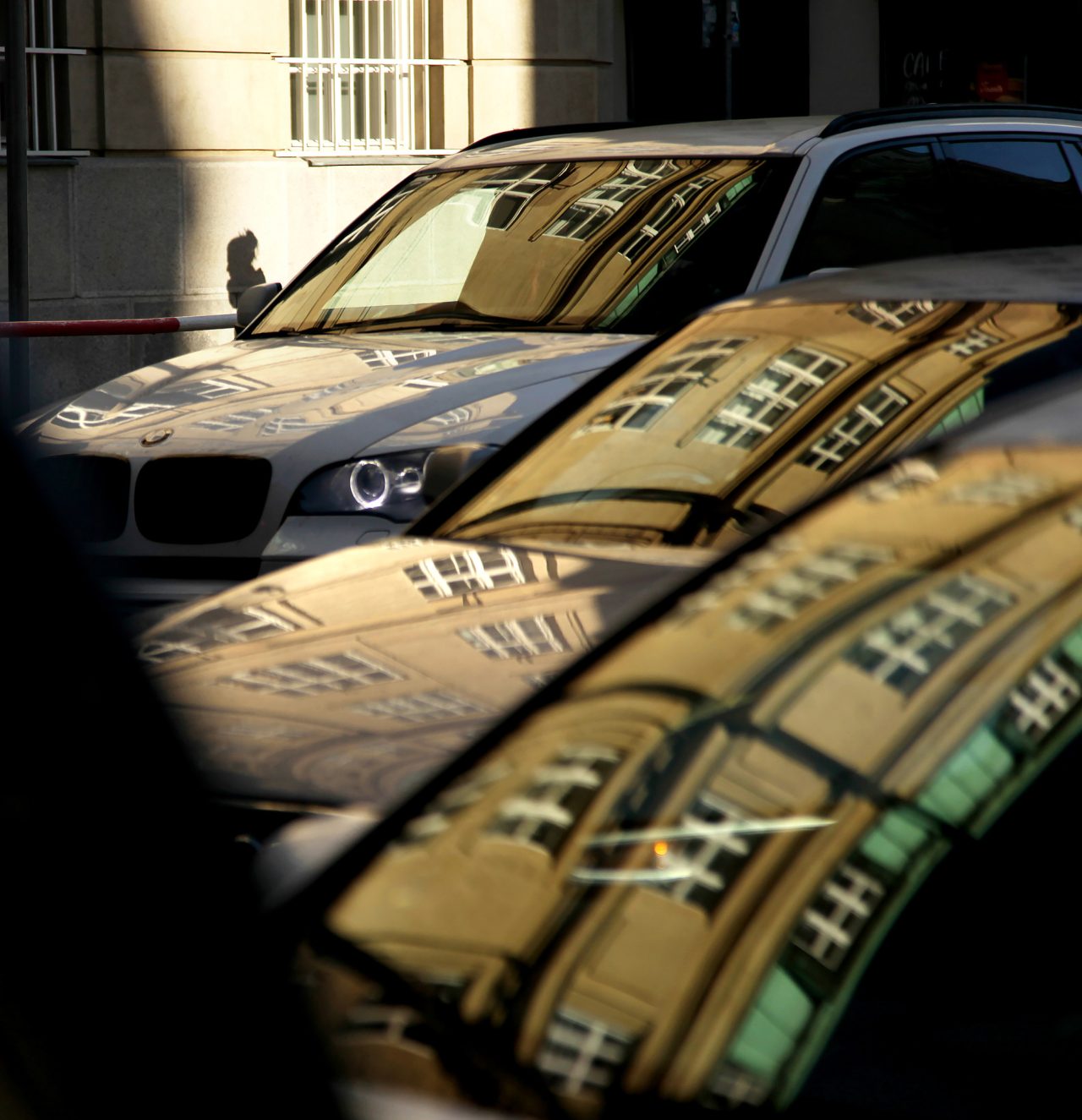

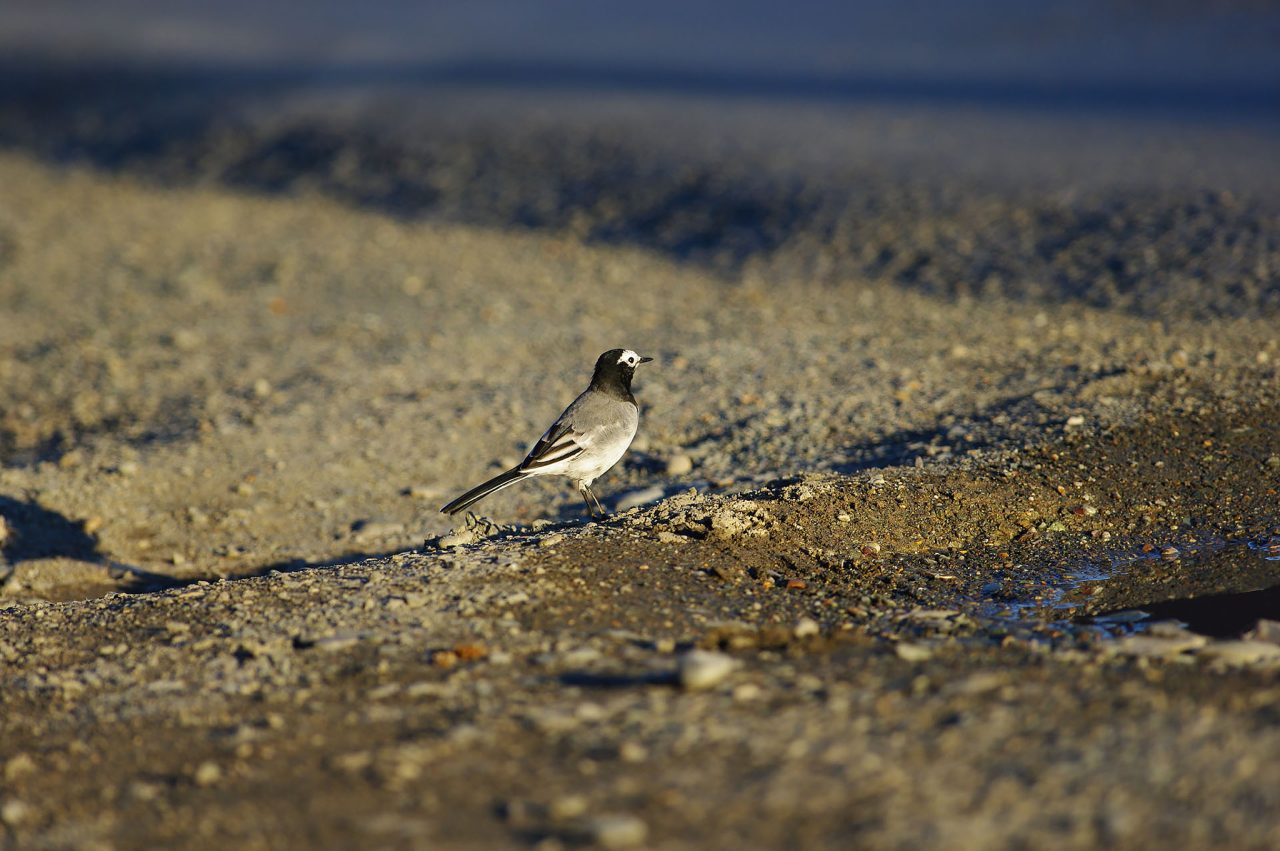
Finally, a pair of photos where the difference between a small and large focal length is most noticeable:


8mm and 150mm. The photos were taken in the same place. The round house that the couple is looking at can also be seen in the first picture.

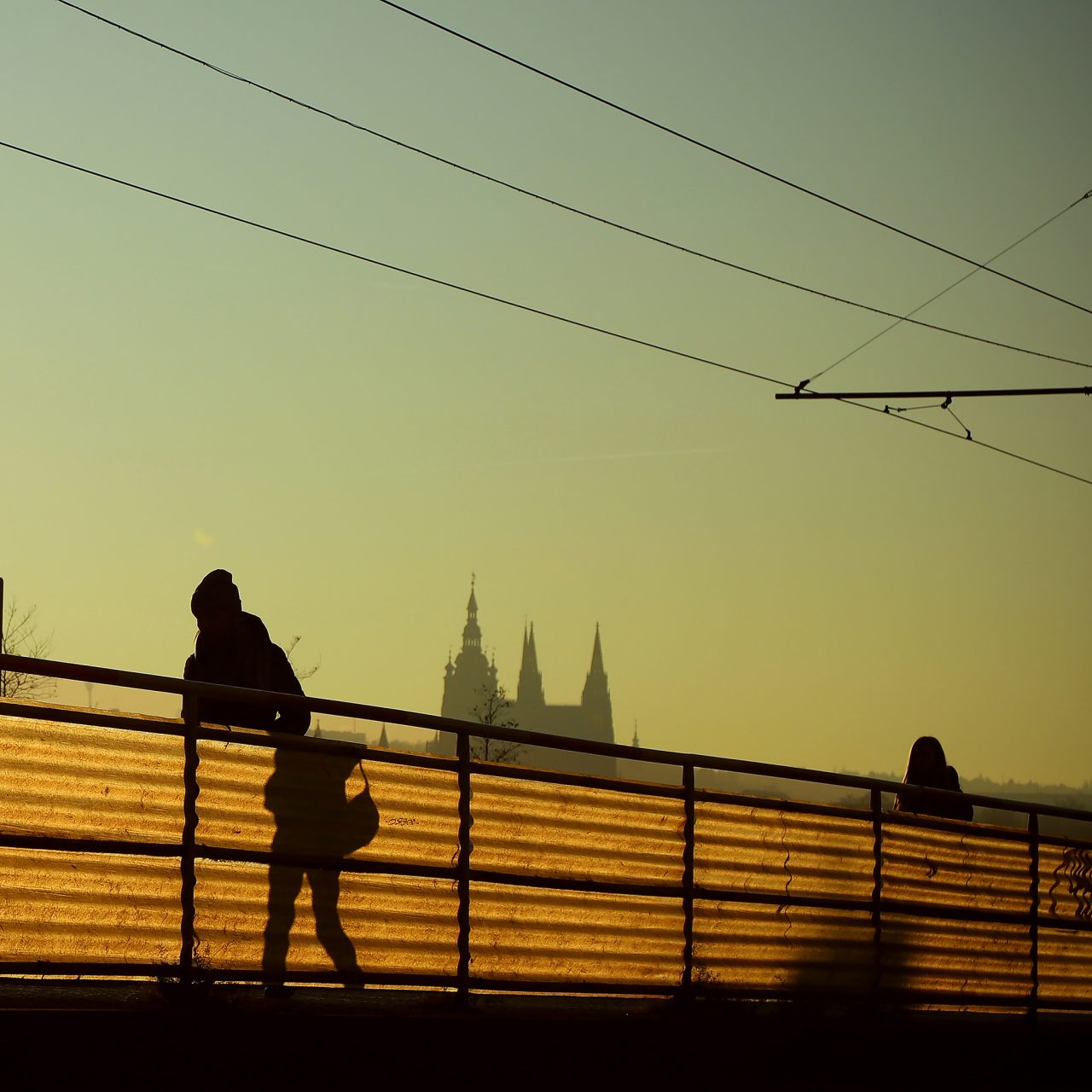
30mm and 80 mm. Notice the ratio of the (size of the?) people in the background to the Prague Castle in the background.
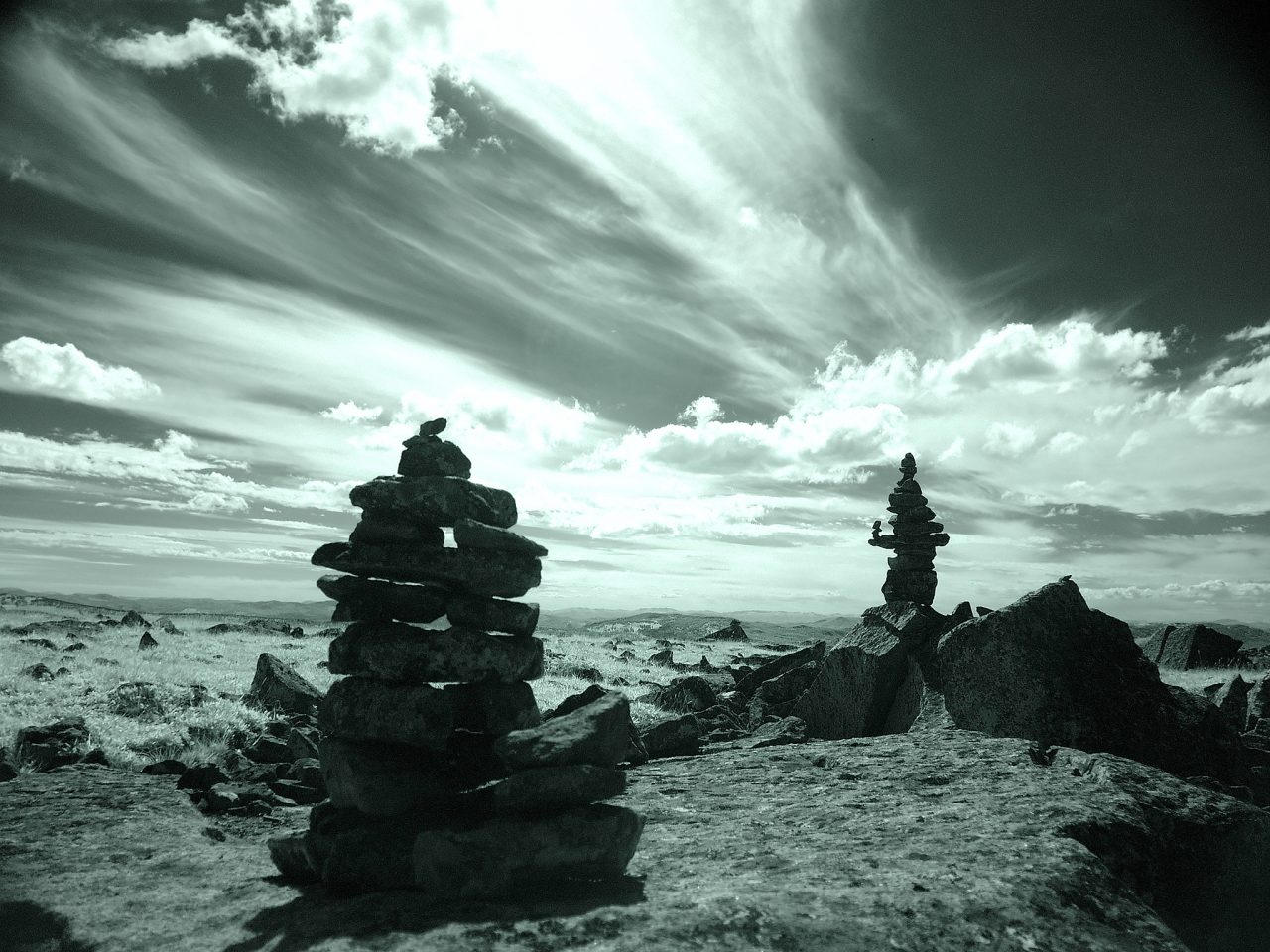
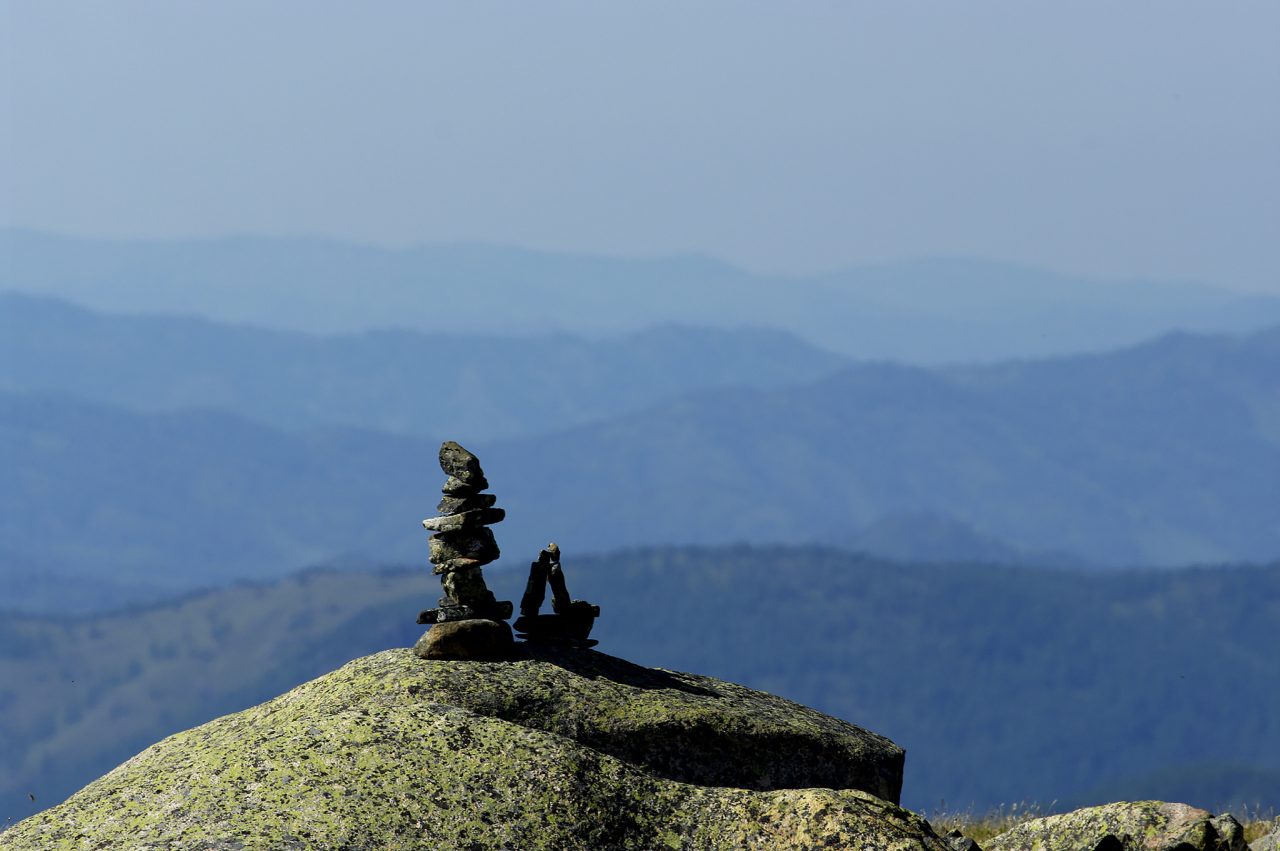
Same location, different moods. 28mm and 300mm.
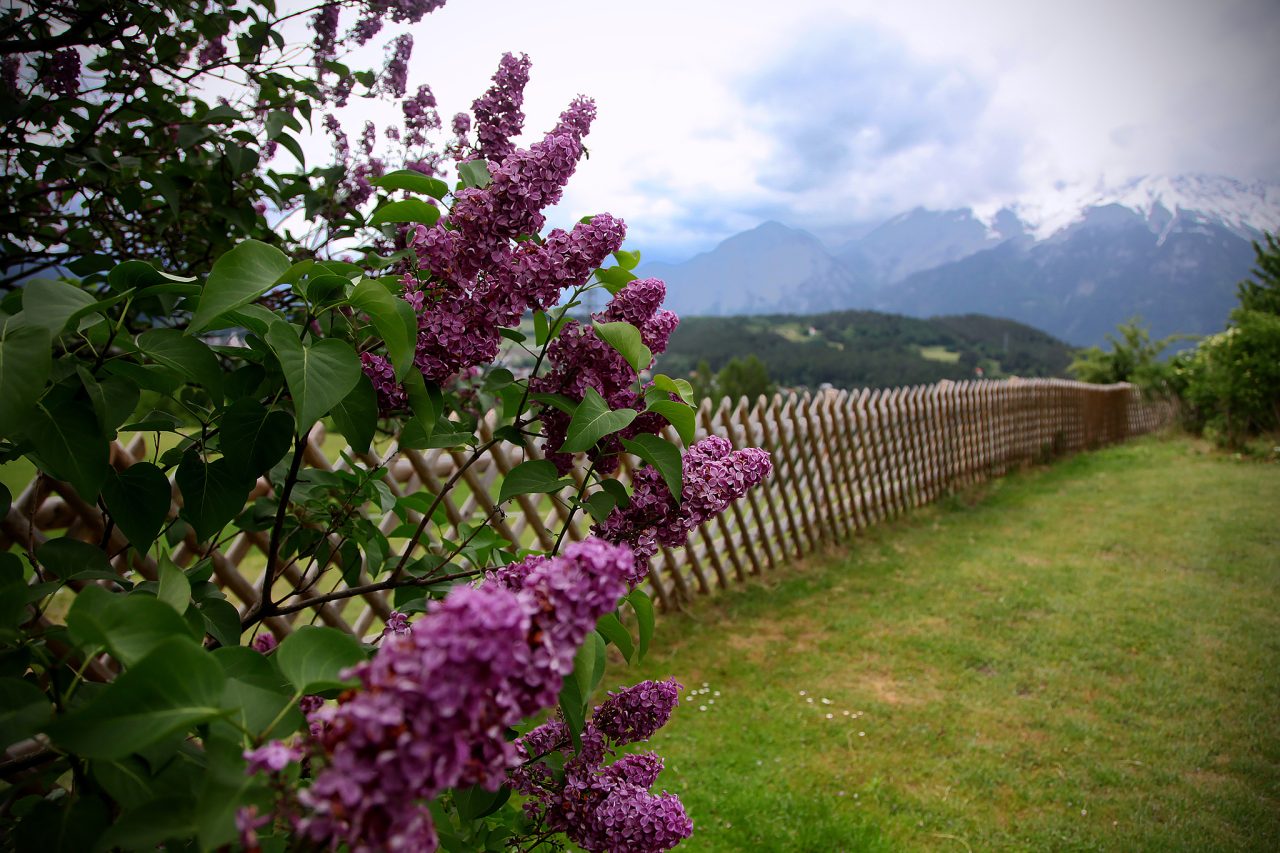
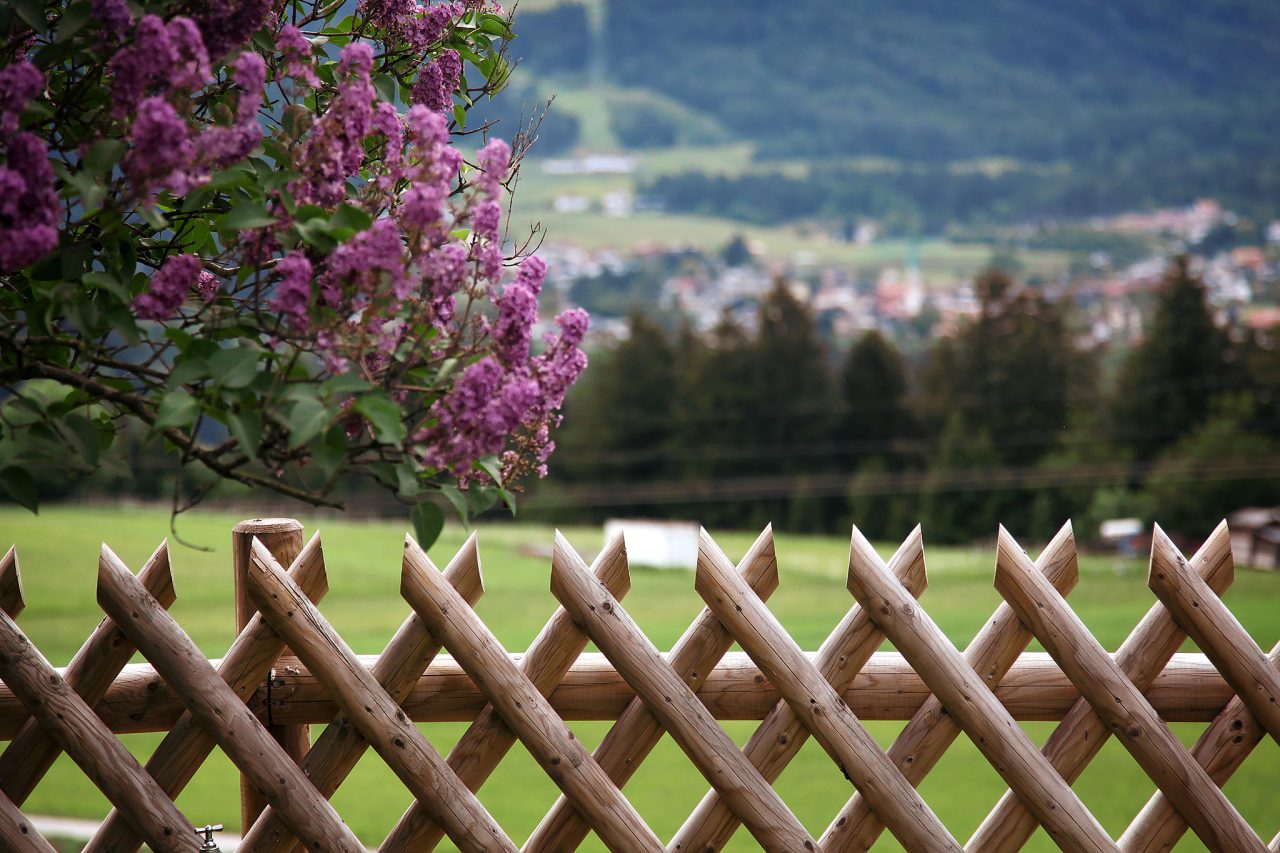
12mm and 105mm. Notice how the mountains are far away in the first photo and very close in the second.
FAQs
What does lens focal length mean? Focal length determines how wide or narrow the angle of view is. It is indicated on the lens in millimeters.
What is the difference between a prime and a zoom lens? A prime lens has one fixed focal length, while a zoom lens lets you change the focal length within a certain range.
Does the sensor affect focal length? Not the focal length itself, but smaller sensors apply a crop factor, making the lens appear longer.
What focal length is best for portraits? On a full-frame, about 40-80mm gives the most natural results.
When should I use a telephoto lens? Telephotos are best for wildlife, sports, close-up landscapes, or Moon photography. They let you zoom in on faraway objects while compressing the perspective.
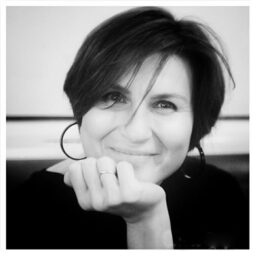
There are no comments yet.